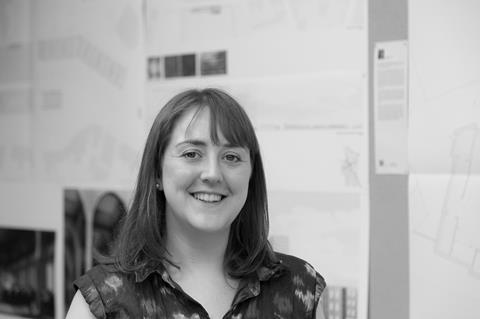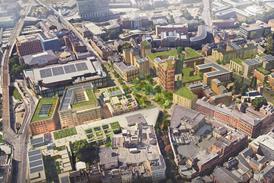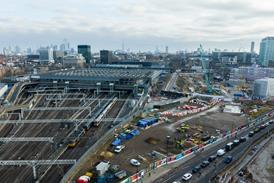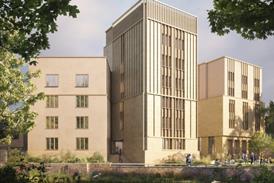Open House is far more effective than glossy magazines at helping the public understand the value of architects, says Eleanor Jolliffe

The London Festival of Architecture kicked off with Open House London – the weekend when the proverbial Nolli map of London lights up with over 800 more public spaces, as houses, offices and civic buildings throw open their doors to the general public to explore for free.
This year I took part by shepherding tours around the office I work in; and then spending a very enjoyable Sunday afternoon meandering around the City of London and Westminster discovering all the hidden gems I usually march straight past.
I was not, of course, the only one enjoying this fleetingly more open London and there was a certain camaraderie between Open House-ers who would nod acknowledgement of your green guidebook and share tips and queue lengths. The length of these queues and level of general enthusiasm surprised me. I had expected it at the tourist attractions, but the number of people showing up at an architect’s office with genuine enthusiasm for exposed concrete or spiral stairs was rather encouraging.
Admittedly, one group I showed round asked as we set off, “So what is this building? We saw the poster and thought we’d just come in.” After an initial look of horror that they had half an hour of my company walking around an office, they gamely stayed on the tour and by the end were asking questions about cross-ventilation and the exposed CLT structure. This may have been mere politeness (or possibly Stockholm syndrome) but I took it as an encouraging sign that people are potentially more interested in building physics than they think!
Open House is a superb notion because it is only really in a situation like this that these kinds of exchanges become normalised. Architecture is all too often banished to the elitist realms of glossy magazines – spaces over-tidied and photographs edited so as not to show the scuffs along the skirting board or the collection of personal treasures on a desk.
In their air-brushed glossiness, architecture can become “not for the likes of us”. In such a two-dimensional representation the benefits and delights of the design can barely be understood. It is only in the three-dimensional, fully real experience of space that some of the significant benefits of an architect’s input can be understood or appreciated.
By opening the doors of some of London’s best buildings for free – and offering tours or opportunities to ask questions of the people who designed them, or live or work in them – the value of decent design, in all its messy everyday reality, can become clear (even the bits that didn’t work out as expected).
Over the weekend I’d like to believe that some of the mystique was lost; and that some of the real benefits and practical solutions which had been designed were appreciated. I’d like to think that in this de-mystifying of “architecture” a few more people each year might consider architects worth the time and money they take.
Open House also opens up the city like few other events, spawning a dedicated tribe of urban explorers trudging the streets, and encouraging a few passers-by to engage briefly with the words “free admission”.
The weekend was a delight for me as I took the opportunity to discover some of the architectural treasures that London has hidden in plain sight. I found myself remembering a lecture on the urban derive (a psychogeographical concept dreamt up by situationist Guy Debord) – an unplanned journey where a person allows themselves to be drawn through a landscape solely by the attractions of the terrain that they encounter.
London was just a little more derive-friendly that weekend – with the public realm briefly opening into everything from medieval halls to towering skyscrapers, with pockets of building enthusiasts to navigate by.
Open House was all too short, and with more than 800 participating buildings the choice was overwhelming to say the least. However, I hope it is an event that continues in London and spreads out to other UK cities. The benefits of this kind of access, both to the people who participate and to the buildings and public spaces which they may go on to play a part in shaping, can only be positive.
















1 Readers' comment